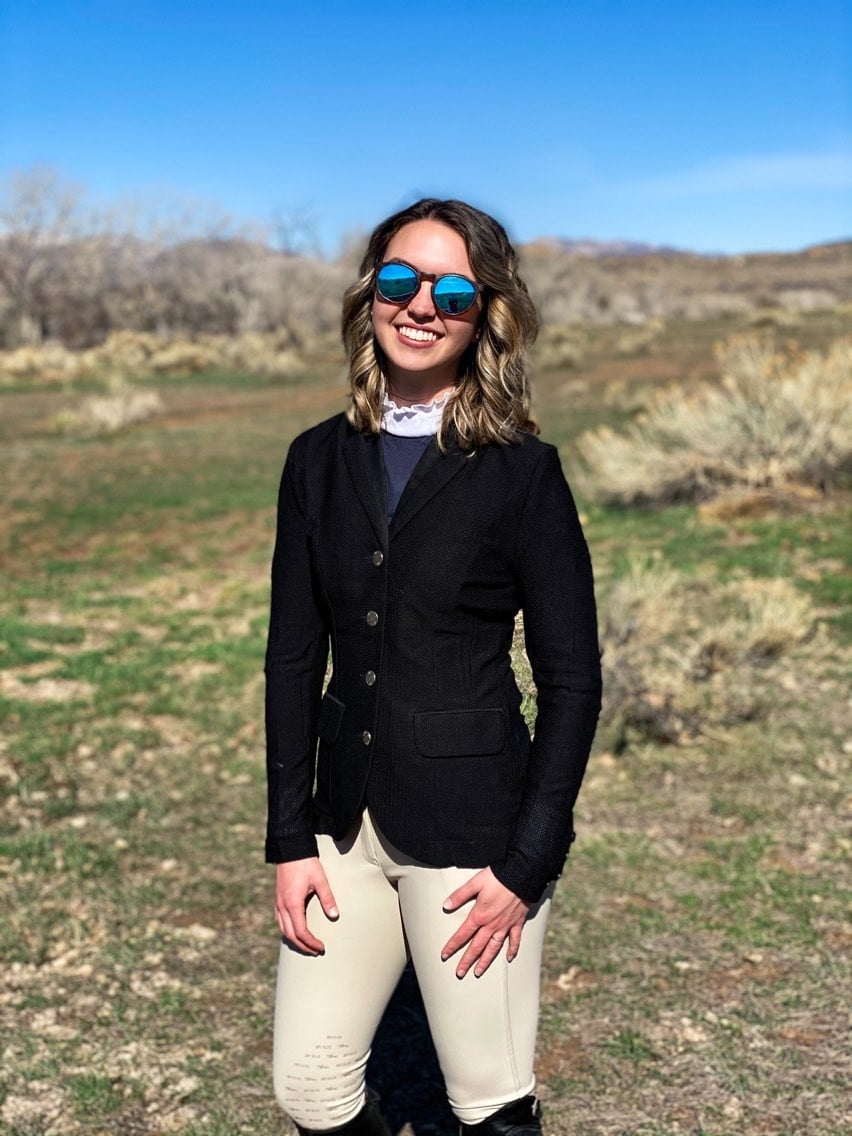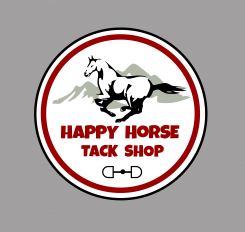Hunter Jumper Attire and Tack Rules
- Posted on
- 0

Show season is upon us! Make sure you are ready with an up-to-date and rule appropriate wardrobe. We know navigating show rules can be tricky for first time showers or someone rejoining after some time off, so we are here to help make things easier and less stressful on you. Below we will outline the basics to get you ready, and our knowledgeable staff are always happy to help you make the right choices in person, by phone or by email! When in doubt though, we always recommend checking with your trainer first since some trainers will have specific preferences and standards.
Rider Attire Rules:
Helmet - For both Hunters and Jumpers, requirements are only that all competitors have a properly fitted helmet on, when mounted, that meets or exceeds ASTM/SEI safety standards. For hunters we do suggest a conservative color helmet without bling or adornments. Long hair should be contained under the helmet with a hairnet matching your hair color.
Show Coat - For lower level Jumpers coats are required but any color is acceptable. As you get higher up in the Jumper levels dark, muted or scarlet coats are required. In the Hunter ring riders are required to wear conservative colored coats (black, blue, green or brown) without bling or much contrast stitching. Coats should be well fitted for a clean and professional appearance.
Show Shirt - For lower level Jumpers light colored collared shirts with choker or tie, tucked in, are required. For higher level Jumpers a white or light colored shirt with a white collar and cuffs are required. A white tie or chocker is required and shirts must be fastened at the neck and tucked into breeches. In the Hunter ring a white shirt with a white stock tie and pin is required.
Breeches - In both the Hunter and Jumper rings white, tan or beige breeches are required. Your breeches should be clean and in good condition. If your breeches have belt loops, you should wear a belt that matches your boots.
Boots - In the Jumper ring you can wear tall field boots or half chaps and paddock boots, as long as they match in color. In the Hunter ring you should always wear tall black dress or field boots.
Gloves - Gloves can be worn in the ring but are not required. If you choose to wear gloves, black is recommended.
Overall, a neat, clean and traditional appearance will give you an edge in the ring, so stick on the safe side when possible. In most Jumper rings, competitors will receive a warning for any issues with their attire. In the Hunter ring, especially at higher levels, competitors may be eliminated if judges find their attire unacceptable or distracting.
Horse Tack Rules:
A good overall rule of thumb is that all of your tack be cleaned and conditioned. Your bit, stirrups and spurs should be polished, as well as your boots. Your horse's coat should be shiny and trimmed or clipped. Manes and tails should be neatly braided or pulled nicely. The Hunter ring will be a little bit more formal and traditional, as with rider attire.
Saddles - A brown close contact saddle is most commonly used.
Bridles - In both the Hunter and the Jumper ring you will want a plain brown bridle with a cavesson noseband and plain leather browband. Think conservative and tasteful when picking a bridle. Jumpers usually like a thicker padded noseband.
Stirrups - For Jumpers any style or color of stirrup is acceptable, but a more conservative color should be considered at higher levels. In the Hunter ring, a polished traditional stainless steel stirrup iron is recommended. Riders cannot be eliminated for non-traditional stirrups but it may work against the rider.
Reins - Your reins should match your bridle. They should be brown. In the Hunter ring traditionally a braided rein is used. You can use double reins if required with your bit. One should be flat and one should be braided. In the Jumper ring rubber reins are more commonly used.
Martingales and Breastplates - Martingales and breastplates are acceptable but should match tack and be properly fitted. In the Hunter ring you will only want to use a standing martingale. In the Jumper ring you will see more running martingales.
Girths - The girth should match the rest of your tack. Traditionally only leather girths were acceptable but now neoprene girths are acceptable as well.
Bits - Bits should be conventional and humane in nature. Snaffles, pelhams, and kimberwicks are generally permitted. Most Hunters do prefer to use D ring bits.
Saddle Pad - In the Jumper ring you should have a white square pad. In the lower levels you can have other colors, but as you get higher up you will want to stick with white. You can also use a white fleece half pad as well. In the Hunter ring you will want a white shaped pad that is very fitted and contoured to the saddle.
Leg Protection - In the Hunter ring you generally do not see any leg protection. In the Jumper ring any leg gear can be used but should be tasteful and properly fitted. The most common type of leg protection to see is polo wraps or open front tendon boots.
We hope this has helped you feel a little more prepared for your next show! Please feel free to reach out with any additional questions by stopping by the shop, giving us a call at (970) 484-4199 or shooting us an email to [email protected] and we would be happy to help!!

Comments
Be the first to comment...